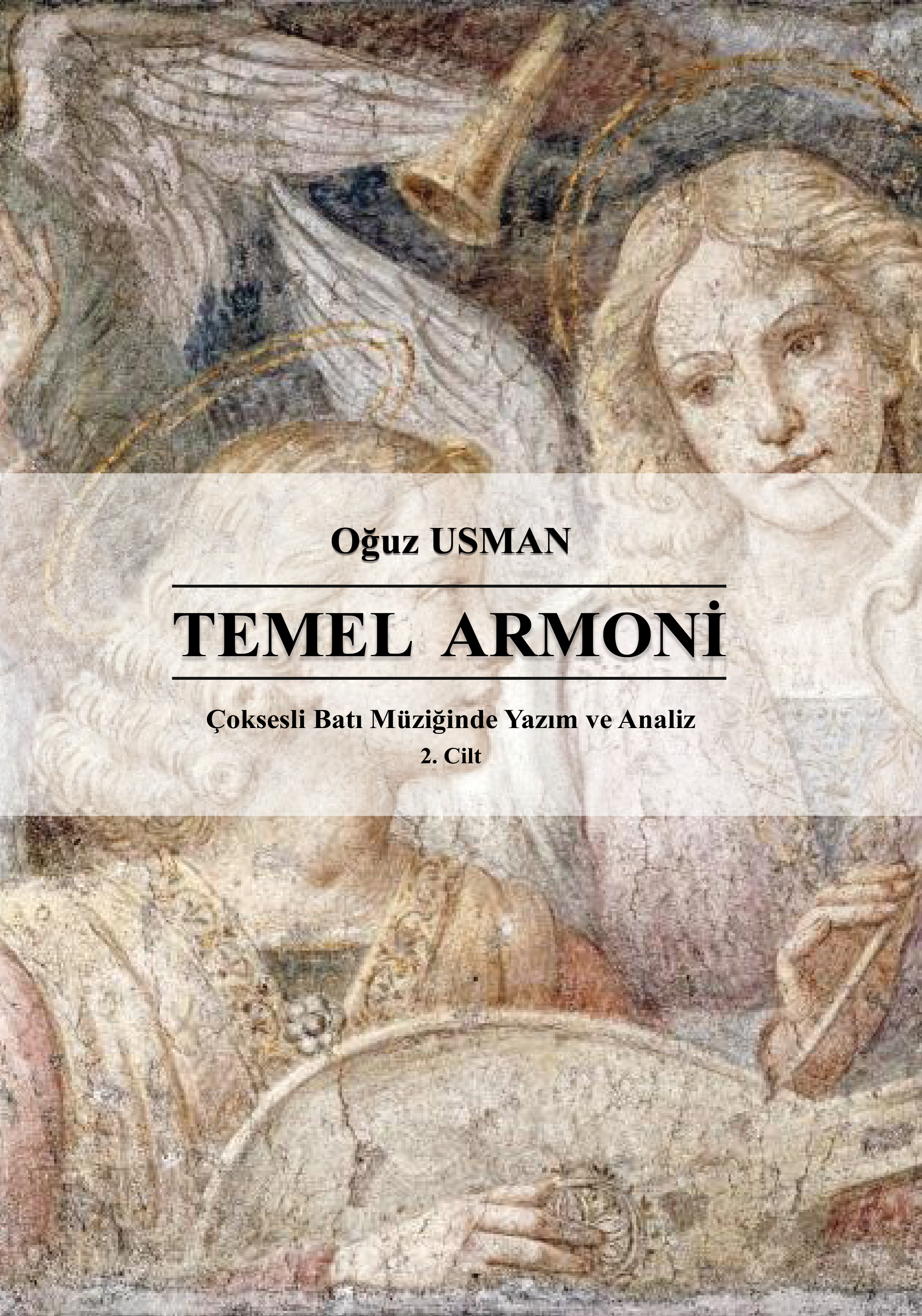

Throughout the piece the sharp differentiation in the characters of the two groups of material, as well as the use of quarter tones in the material not derived from the Sacher motif, helps to show the listener the contrasting nature of the material.Īlberto Ginastera: Puneña No.2 for solo cello (for Paul Sacher, 1976) The piece finishes with two statements of the Sacher motif, one linear as a melody and the other as two chords with the character of a deceptive cadence. Throughout the course of the work entries on the Sacher motif become longer and more insistent, until this motif pushes the other material aside. The piece is constructed with the two different types of material interrupting each other, the Sacher motif always resuming from where it left off before the previous interruption. Lutoslawski's SACHER VARIATION works through a juxtaposition of the Sacher motif and material drawn from the other six notes. Isn't written in a strict twelve tone style but the six chromatic tones not included in the Sacher motif (F, G flat, G natural, A flat, B flat and D flat) are used as the basis of contrasting material. Witold Lutosławski: Sacher Variation for solo cello (1975) The overall result of this is that instead of a theme and variations that would have been little more than a musical novelty, we have a set of works that constitute a summary of writing for the 'cello at the end of the twentieth century, as well as demonstrating many of the compositional trends of our times.

Pierre Boulez broke the bounds of the commission even more by composing his MESSAGESQUISSE for 'cello solo and six 'cellos accompaniment. 2 and Henri Dutilleux's TROIS STROPHES SUR LE NOM DE SACHER. Some of the pieces are cast in one movement, but many of the pieces are multi movement, such as Alberto Ginastera's PUNEÑA NO. However, all of the composers involved seem to have been so inspired by the commission that all of them produced works that are more substantial than a simple variation. The original plan was for Benjamin Britten to compose the theme and for each composer to submit one variation. This produced a six note motif of E flat (es in German, from S), A, C, B (H is b natural in German), E, and D (re in Italian) For Sacher's seventieth birthday Rostropovich had the idea of commissioning 12 leading composers, all of whom were connected to Sacher, to compose a set of theme and variations for solo 'cello based on a cryptogram of the name Sacher.


 0 kommentar(er)
0 kommentar(er)
